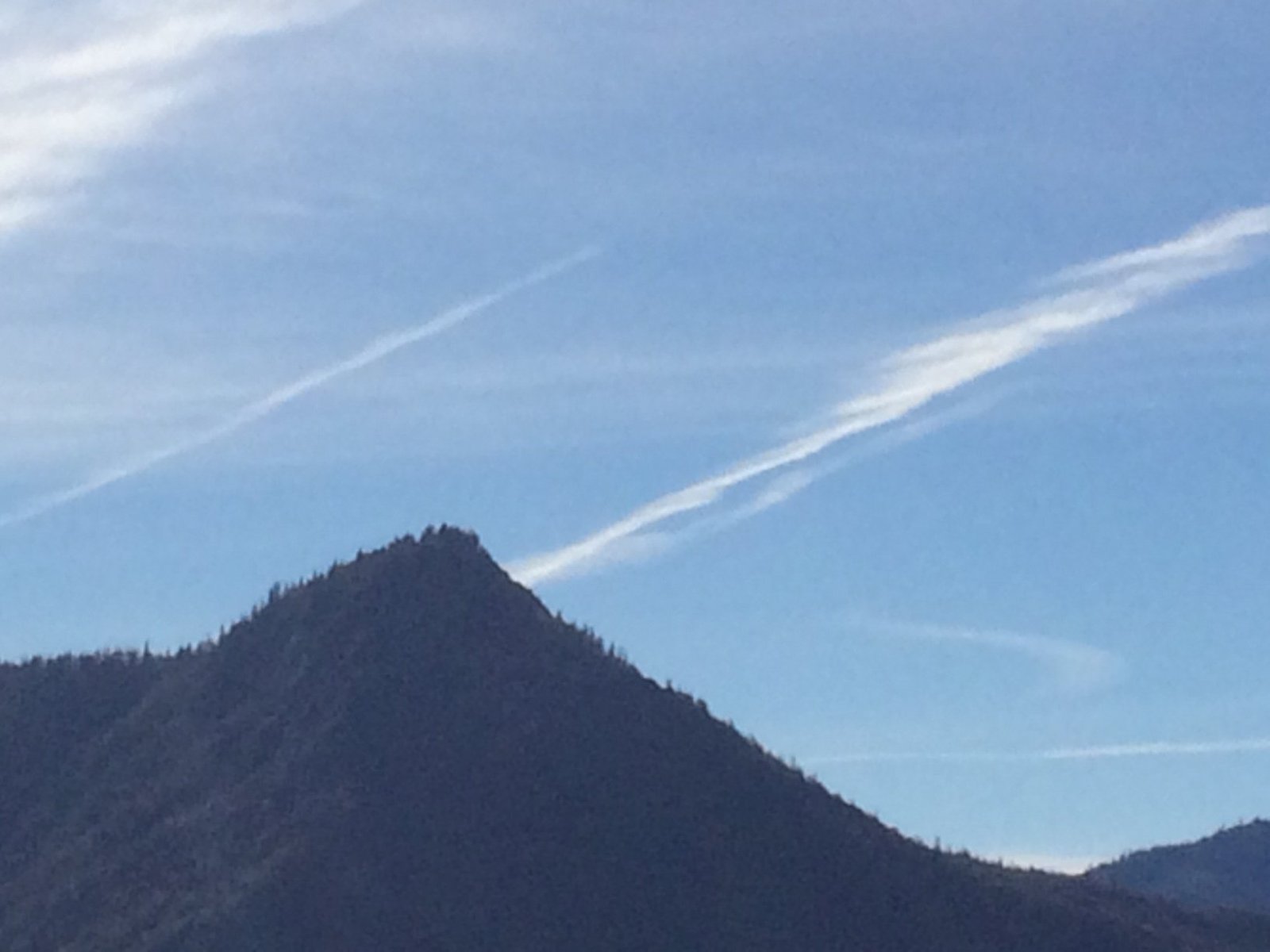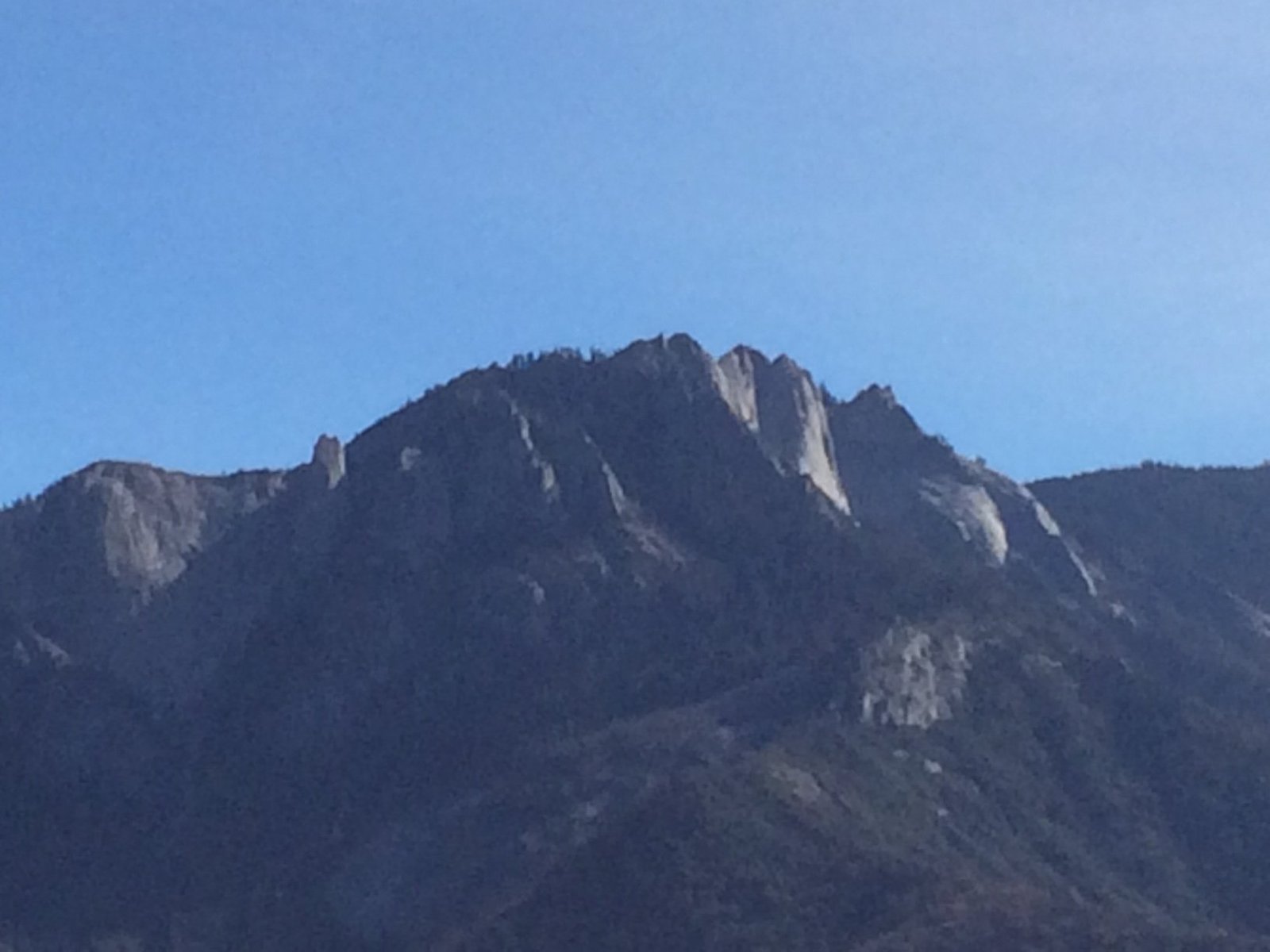Sequoia National Park and Sequoia National Forest are distinct areas in California’s Sierra Nevada mountains. While both protect sequoia trees, they differ in size, management, accessibility, and visitor experiences. The park is more developed and regulated, focusing on preservation and education, while the forest allows for a wider range of recreational activities with fewer restrictions.
What Are the Key Differences in Area Size and Geographic Features?

Sequoia National Park and Sequoia National Forest differ significantly in their size and notable geographic features:
Sequoia National Park:
- Covers 404,063 acres
- Home to the Giant Forest with over 8,000 giant sequoias
- Features the General Sherman Tree, the largest tree by volume
- Includes Mt. Whitney, the tallest mountain in the contiguous United States
- Contains the Great Western Divide, a prominent mountain ridge
Sequoia National Forest:
- Part of the larger Sierra National Forest system
- Includes the Hume Lake Ranger District
- Features diverse ecosystems within the Sierra Nevada mountain range
- Less densely populated with giant sequoias compared to the national park
How Do Visitation Regulations Differ?

The regulations for visiting these areas vary considerably:
Sequoia National Park:
- Requires an entrance fee or America the Beautiful annual pass
- Permits needed for overnight backpacking and climbing Mt. Whitney
- Fire restrictions during high fire danger periods
- Seasonal access limitations for some areas and facilities
Sequoia National Forest:
- Generally no entrance fees, except for specific activities or areas
- Less stringent permit requirements, mainly for specialized uses
- Seasonal access restrictions may apply to certain areas
What Recreational Activities Are Available in Each Area?
Both areas offer various recreational activities, but with different focuses:
Sequoia National Park:
- 14 campgrounds, including 2 open year-round
- Well-maintained hiking trails like Big Trees Trail and Congress Trail
- Unique attractions such as Giant Forest Museum and Moro Rock
Sequoia National Forest:
- Dispersed camping available in areas like Hume Lake Ranger District
- Less developed hiking trails
- Opportunities for hunting, fishing, and off-highway vehicle use (subject to regulations)
How Do Accessibility Options and Visitor Services Compare?
The level of accessibility and visitor services differs between the two areas:
Sequoia National Park:
- Accessible by car with multiple entrances
- Shuttle services available during peak season
- Well-developed parking facilities at trailheads and visitor centers
- Multiple visitor centers, including Giant Forest Museum
- Many wheelchair-accessible trails and facilities
Sequoia National Forest:
- Primarily accessible by car, often requiring high-clearance vehicles
- Informal parking areas, mainly pull-outs and dirt lots
- Limited visitor services compared to the national park
- Generally less accessible for those with mobility issues
What Are the Management Differences?
The management approaches for these areas differ significantly:
Sequoia National Park:
- Managed by the National Park Service
- Focus on preservation, conservation, and education
- Stricter regulations to protect natural resources
- Emphasis on maintaining pristine wilderness
Sequoia National Forest:
- Managed by the U.S. Forest Service
- Allows for multiple uses, including timber harvesting and grazing
- More lenient regulations for recreational activities
- Balance between conservation and resource utilization
How Does Wildlife Viewing Differ Between the Two Areas?
Wildlife viewing opportunities vary between the park and forest:
Sequoia National Park:
- Protected habitat for diverse species
- Higher chances of seeing black bears, mule deer, and various bird species
- Strict regulations against feeding or approaching wildlife
- Ranger-led wildlife programs and interpretive displays
Sequoia National Forest:
- More opportunities for hunting (with proper permits)
- Potential to see a wider range of wildlife due to less human presence
- Fewer organized wildlife viewing programs
What Are the Differences in Scenic Drives?
The driving experiences in these areas differ:
Sequoia National Park:
- Generals Highway offers stunning views of sequoia groves
- Moro Rock/Crescent Meadow Road provides access to key attractions
- More developed roads with frequent pullouts and interpretive signs
Sequoia National Forest:
- Less developed roads, often unpaved
- Scenic drives through diverse landscapes, including conifer forests and mountain vistas
- Fewer designated scenic routes, but more opportunities for off-road exploration
How Do Educational Opportunities Compare?
Educational programs and resources vary between the two areas:
Sequoia National Park:
- Extensive ranger-led programs and guided tours
- Well-developed visitor centers with educational exhibits
- Junior Ranger programs for children
- Focus on ecology, geology, and conservation education
Sequoia National Forest:
- Fewer organized educational programs
- Some interpretive signs and self-guided nature trails
- Focus more on forest management and multiple-use concepts
What Are the Differences in Overnight Accommodations?
Overnight stay options differ significantly:
Sequoia National Park:
- Developed campgrounds with amenities like restrooms and bear boxes
- Lodges and cabins available within the park
- Backcountry camping with permit requirements
Sequoia National Forest:
- More opportunities for dispersed camping
- Some developed campgrounds, but generally with fewer amenities
- Private cabins and lodges in and around the forest boundaries
By understanding these differences, visitors can choose the experience that best suits their preferences, whether it’s the more structured and preserved environment of Sequoia National Park or the rugged and diverse landscape of Sequoia National Forest.
References:
1. https://www.nps.gov/seki/faqs.htm
2. https://usparkpass.com/a-first-timers-guide-to-sequoia-national-park-california/
3. https://www.nps.gov/seki/learn/nature/geology_overview.htm
